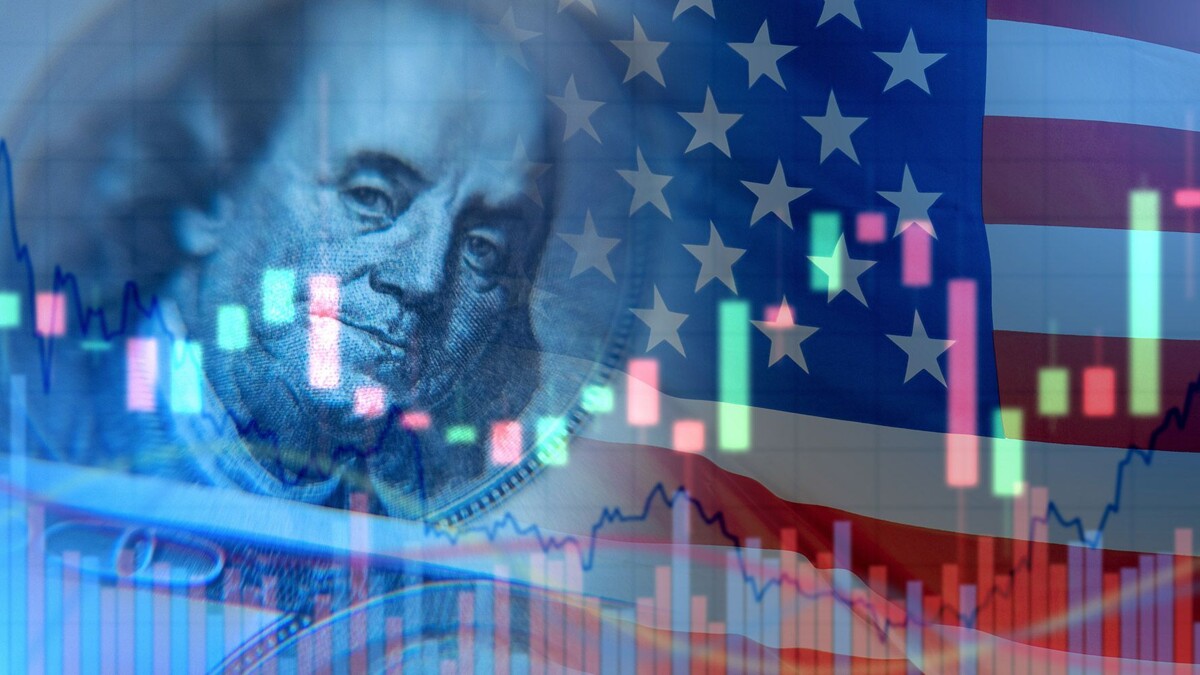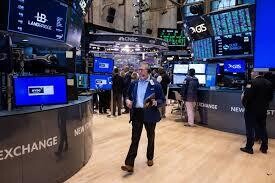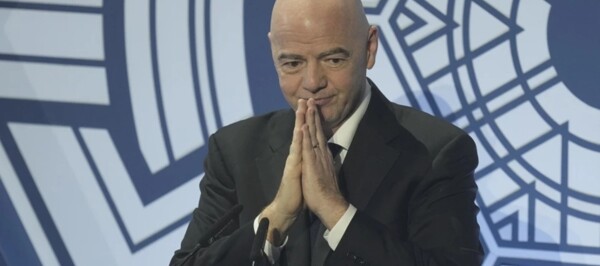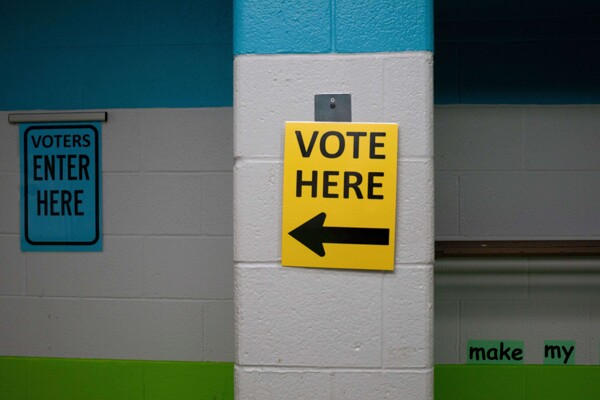
The Gross Domestic Product of the United States moderated at the start of the second half of the year, showing a growth of 2.8% at an annualized quarterly rate during July-September. This result, although below market forecasts and the previous period, still reflects signs of strength heading into the end of 2024.
Within services, the main contributors were healthcare, led by outpatient services, as well as food and accommodation services. The slowdown in growth was attributed to a decline in private investment and a deeper contraction in residential fixed investment compared to the previous quarter.
The increase in GDP was primarily driven by increases in consumer spending (3.7% at an annualized quarterly rate), exports (8.9%), and federal government spending (9.7%). According to the Bureau of Economic Analysis (BEA), the slight decrease in GDP may be related to volatile components of net trade and inventories.
In the opinion of Pantheon Macroeconomics, future economic growth and labor market conditions could lead the Federal Reserve to act more decisively, although few significant changes in economic policy are expected after the elections. Senior economist at the entity, Olivel Allen, noted: "Our baseline scenario is that a clearer deterioration in growth and labor market figures in the coming months will encourage the Fed to act more forcefully."
Within goods, the main contributors to GDP were other non-durable goods, led by prescription medications, and motor vehicles and parts. In summary, despite the moderation in GDP growth during the third quarter, the U.S. economy continues to show some strength, especially in areas such as consumer spending, exports, and federal government investment.














